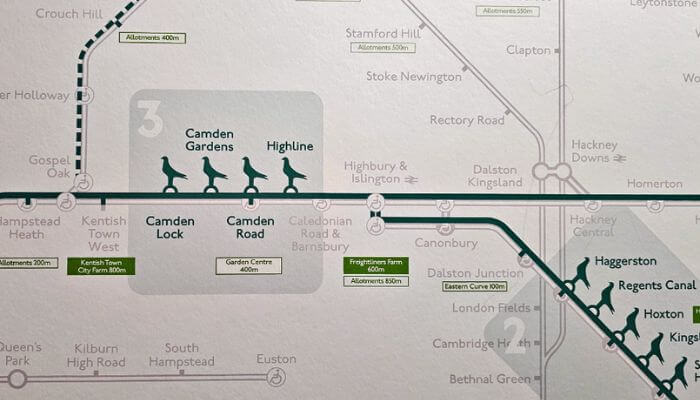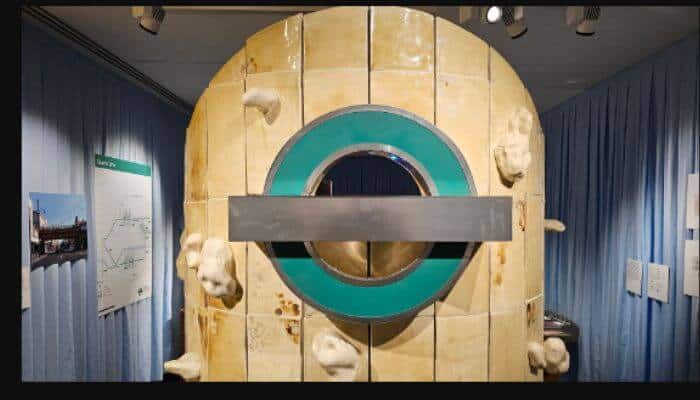If you are a pigeon owner, you will be experienced with the problem of cleaning pigeon poop to keep your pigeon loft clean.
Multiply that a thousand or even tens of thousands-fold to get some idea of the scale of the pigeon poop problem in London.

An intriguing idea linking pigeon poo and London’s tube lines has recently been proposed under the umbrella of tackling the climate issue.
There are loads of Tube lines, getting you anywhere and everywhere you need to go in London. What if there was a pigeon poop line? You might be surprised to find that it’s not an entirely new idea.
Also known as guano, pigeon poop is a marvelous fertilizer and was once both collected and mined. People of yesteryear built larger and larger dovecotes to keep their pigeons, resulting in massive amounts of fertile guano for use on their crops.
People living in the Pacific Islands took the time to mine for bird poop due to its fantastic use as fertilizer. With the rise of synthetic fertilizers, both practices declined.
What if the guano of London could be used for organic gardening and similar endeavors?
Visit the Design Museum and you’ll see that this is a concept that many people are interested in. In fact, bird poop stars in this exhibition about ways to approach the climate crisis and how to mitigate its harmful effects.
Architect James Peplow Powell is the mastermind behind the Guano Line – an idea for building dovecotes in existing transportation structures, specifically the Tube, which enables the collection of pigeon poop for use in urban farming.
As a bonus, the idea will keep passengers from being hit with rogue globs of pigeon guano.

While the idea may not create a friendly and warm symbiotic relationship between Londoners and pigeons, it will definitely set the stage for people to be more accepting of the birds in the city.
The concept for the development of a map of the dovecotes that collect the guano is a good one.
The design even allows for the creation of holes in the tube-style roundel at the entrance of the dovecotes so they blend with the design of the underground network.

Many Londoners (wrongly) believe pigeons are vermin, Because pigeons are scavengers, the best way to rid the city of them is to stop feeding them. And that doesn’t mean tossing them crumbs, though they love that.
It also means being very mindful of dropping trash and food debris, which attracts pigeons by the flock.
So, is the answer to create a crackdown on littering among the humans who use the Tube each and every day? Perhaps. But perhaps another answer is to reap the benefits of sharing the city with a large pigeon population.
